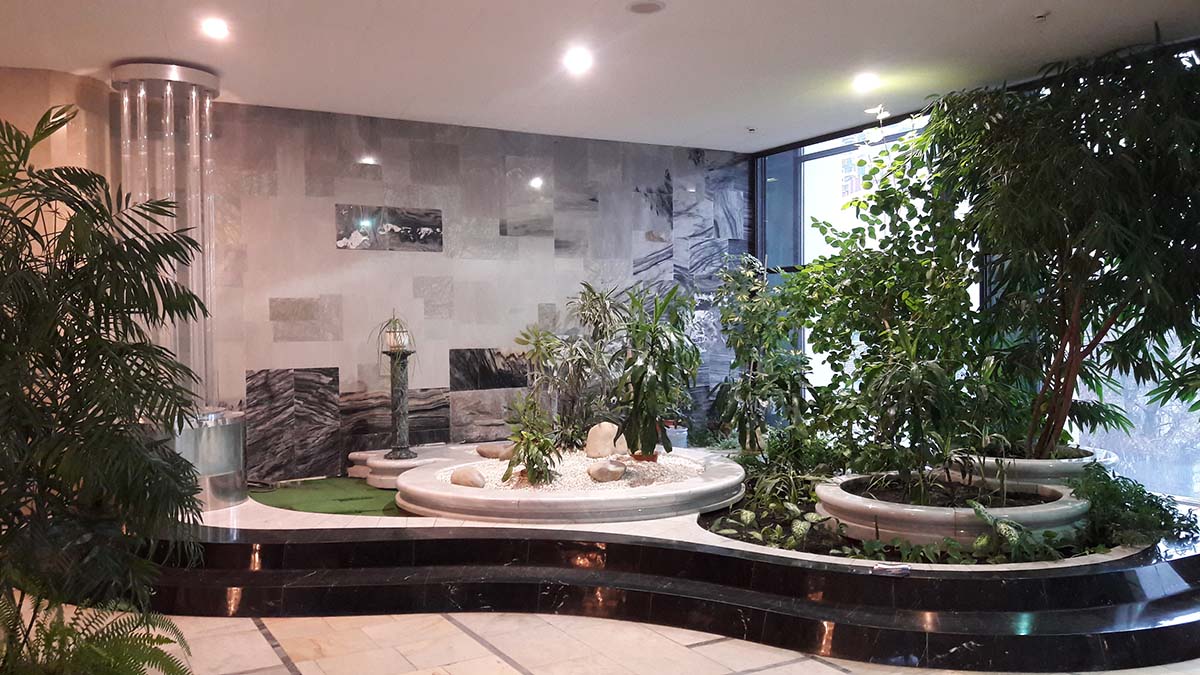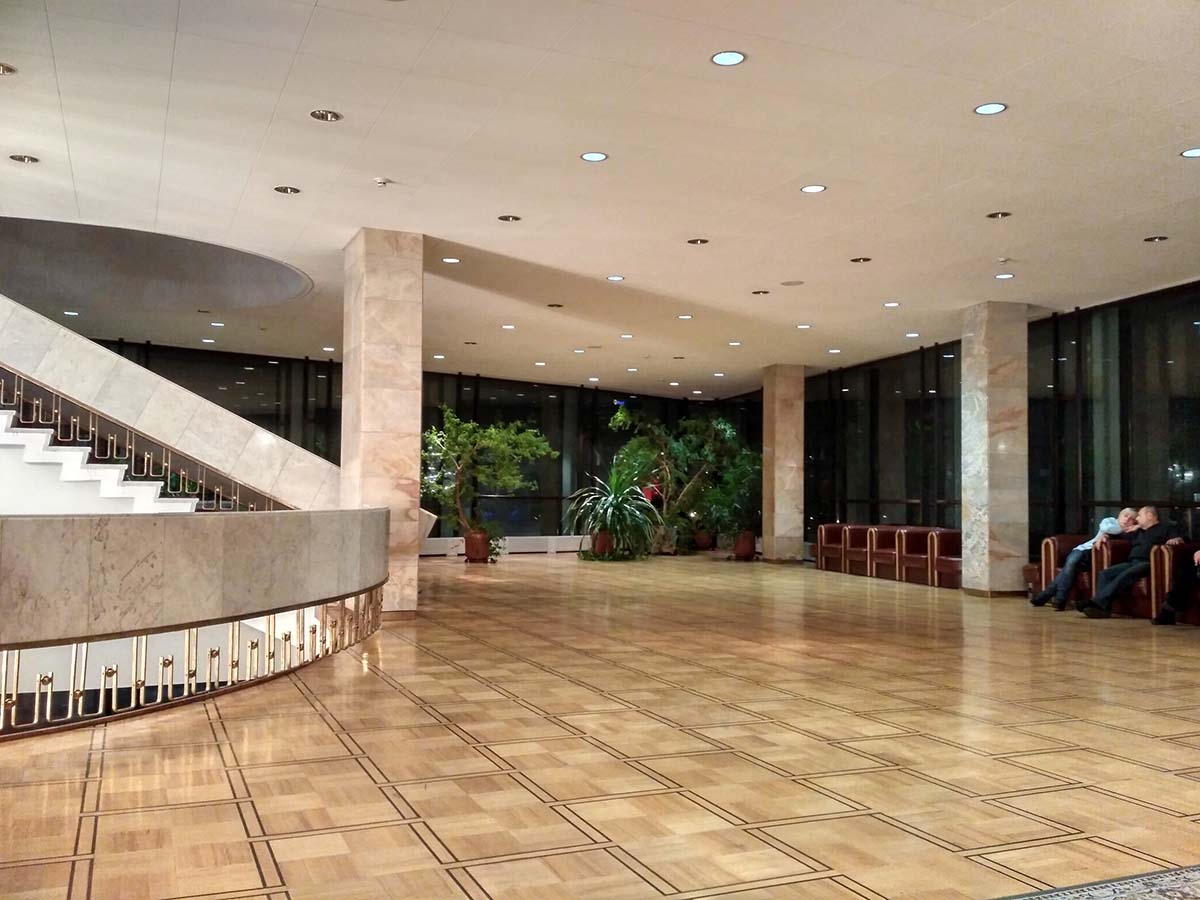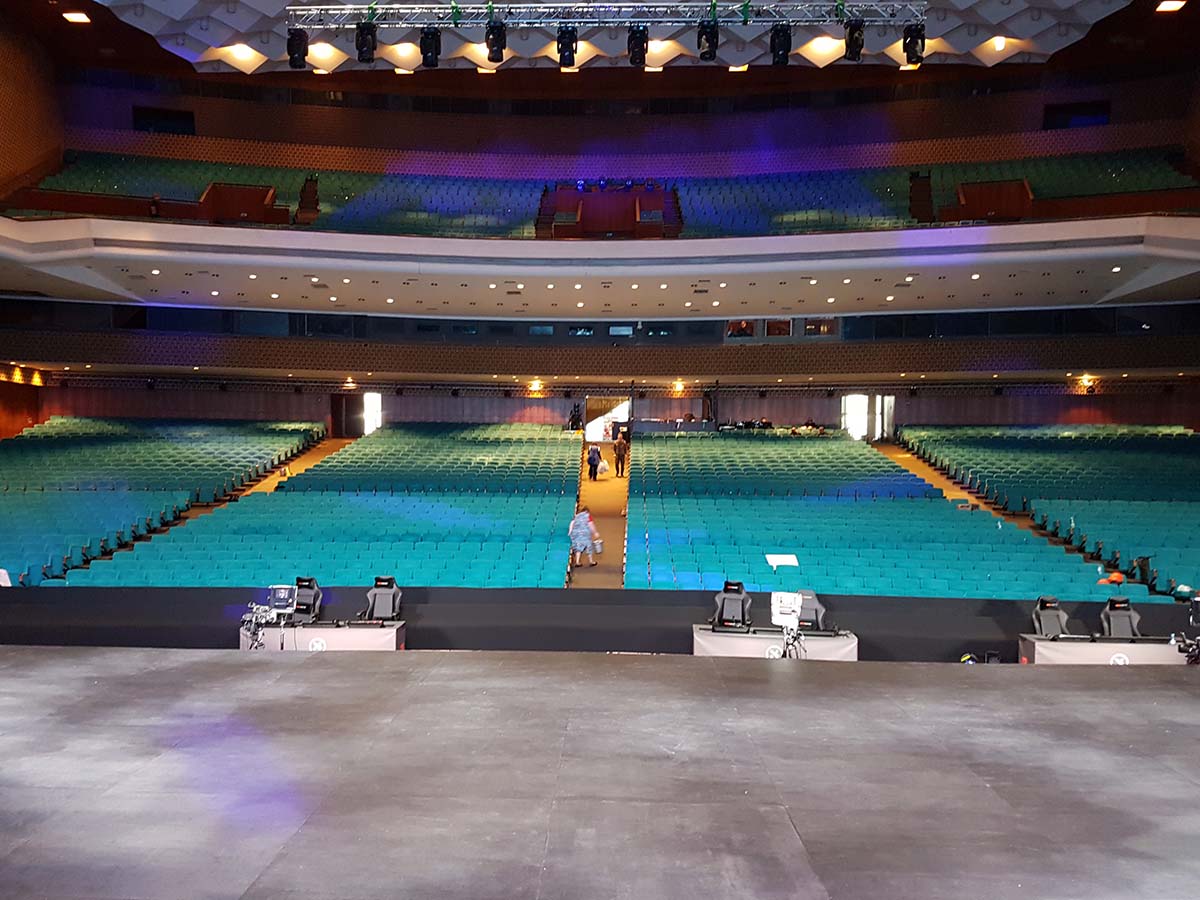In the 1950s and 1960s, Krasnoarmeyskaya Street (now Bolshaya Vasilkovskaya) was actively built up. Residential buildings were erected, the first 16-story building in Kyiv was constructed, and the Republican Stadium was reconstructed. Against the backdrop of all this work, few were surprised that in 1965 builders appeared in the block between the current Konovalets and Nemetskaya streets. The Vladimirsky Market, which had long been located on this site, was moved to its current location on Antonovich Street, and the vacant site was occupied by construction equipment. According to the book “Kyiv. Historical and architectural essay”: “On the site of the former Vladimir Bazaar, construction has begun of a cinema and concert hall with a volume of 150,000 m3, intended both for showing films and for holding concerts, ceremonial meetings, youth and festive balls, receptions and banquets.” But few of her readers realized that behind this unremarkable phrase there was a very interesting story.
Moscow, the capital of the USSR, which then included Ukraine, did not allow Kyiv to build a Palace of Culture equipped with the latest technology for many years. This was motivated by the fact that the Ukrainian capital already has October Palace (now International Center for Culture and Arts). After the Great Patriotic War, all party congresses and ceremonial events on an all-Ukrainian scale were held there. But the then first secretary of the Central Committee of the Communist Party of Ukraine, Pyotr Shelest, turned out to be a resourceful and courageous man – he took advantage of the fact that the Kremlin did not object to the construction of a large cinema in Kyiv. Under this pretext, on his initiative, the construction of the Ukraine Palace began.
“According to the documents that went to Moscow,” Shelest recalled 25 years after the “Ukraine” palace was put into operation, “they built a cinema, and according to the project, a republican palace. And I, the first secretary of the Central Committee of the republican party, was deliberately forced to take part in the deception.” When the first floor, with its formal entrance hall, two rows of marble columns and a spacious wardrobe, was erected, it became clear that what was being built was not a cinema, but something more significant. Nikolai Podgorny, the chairman of the Soviet parliament, who was then the formal head of state, urgently arrived in Kyiv. He gave Shelest a real dressing down, but there was nothing to do – a lot of money had already been invested in the construction. The construction of the palace had to be officially approved. This is, of course, a unique case when such large-scale projects were carried out against the will of Moscow.
Despite the initial “secrecy” of the architectural project, it was carefully worked out, and a number of engineering solutions were innovative. For example, a system of cross trusses with parallel chords, allowing free deformation of the reinforced concrete frame of the building in two directions. This progressive and economical system was first used in the USSR. The Ukraina Palace was built primarily to hold party congresses. Therefore, the architects provided a huge stage capable of “receiving” a presidium of 1,500 people. The auditorium can accommodate 3,780 spectators – then and now it is the largest concert hall in Ukraine.
The stage was also equipped with the latest technology, equipped with two adjacent stages: when changing the scenery, the first stage is lowered and the second one takes its place. The orchestra lift includes 3 platforms, and musical instruments are conveyed to the stage using two conveyors. The artistic complex consists of three special foyers, dressing and hairdressing rooms, costume and artistic restrooms located around the stage. Soviet spectators, not accustomed to luxury, were amazed by the unheard-of splendor of the palace – marble, cast glass chandeliers with the texture and color of “melted ice”, escalators, stained glass windows, a spectacular panel “Birch Grove”, 2 winter gardens, an alpine slide, a fountain.
The opening of the palace took place on April 18, 1970 – it was timed to coincide with the 100th anniversary of the birth of Vladimir Lenin. The following year, the authors of the architectural project were awarded the Shevchenko Prize. Since then, all the most important congresses, forums, ceremonial meetings, government concerts, anniversary ceremonies, and performances by famous guest performers take place in the Ukraina Palace. After a quarter of a century of operation, it became clear that the palace needed major repairs. In 1996, its reconstruction was carried out. As a result, the building was enriched with new premises: a meeting room decorated with Italian rosewood and equipped with equipment for simultaneous translation, a press center designed to accommodate 120 journalists, and a large banquet hall with an area of 1,100 square meters. In 1998, the palace received national status.
During its existence, the Palace hosted national and international socio-political events: congresses of the Communist Party of Ukraine (1971, 1976, 1981, 1986); celebration of the 1500th anniversary of Kyiv (1982); inaugurations of the presidents of Ukraine; celebrations of Ukraine’s independence days; celebrations dedicated to the 2000th anniversary of the Nativity of Christ and others. Many outstanding Ukrainian and world-famous performers performed on the stage of the palace, including Dmitry Gnatyuk, Anatoly Solovyanenko, Montserrat Caballe, Patricia Kaas, Jose Carreras, Toto Cutugno, Luciano Pavarotti, Sting and many others.
Where is the National Palace of Arts “Ukraine”?
Bolshaya Vasylkivska Street, 103
(044) 247-24-76




